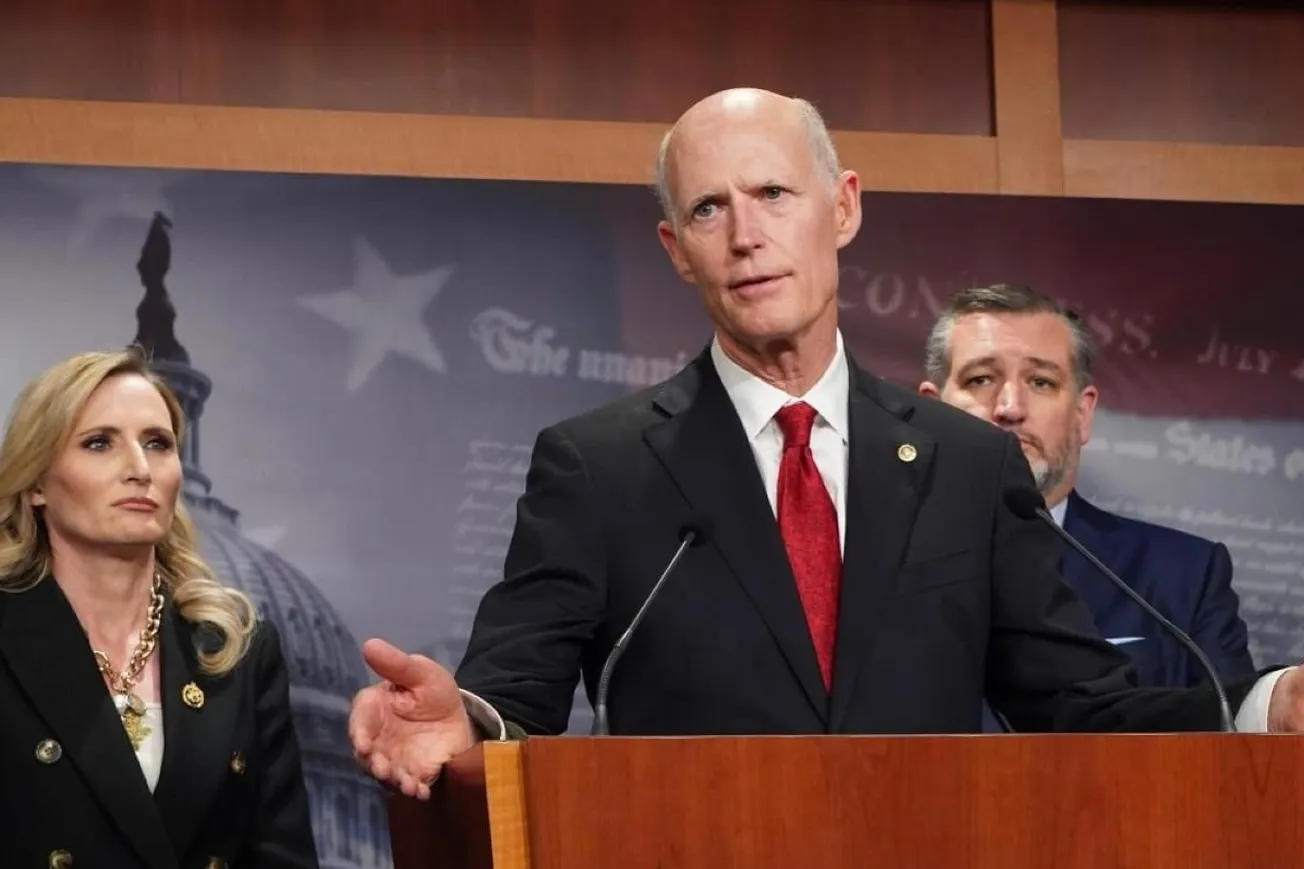By Sally C. Pipes via Issues & Insights | September 25, 2024
Obamacare greatly expanded Medicaid eligibility. As a result, about 20 million able-bodied, working-age adults who were previously ineligible are now enrolled in the program.
But as a new report from the Paragon Health Institute makes clear, their gains have come at the expense of the pregnant women, children, and people with disabilities that Medicaid was established for.
The harm to these legacy beneficiaries, and to taxpayers, will only mount unless Congress fixes the perverse incentives that Obamacare created for the nation’s flagship health program for the poor.
Obamacare directed states to expand Medicaid eligibility to able-bodied adults earning up to 138% of the federal poverty line. Forty states and the District of Columbia have complied.
Previously, eligibility had been restricted to vulnerable people — like nursing home residents with virtually no assets, or minor children, or pregnant women who lacked other health coverage.
Obamacare incentivized states to enroll able-bodied adults by having the federal government cover most of the cost.
For the legacy Medicaid population, the feds normally pick up between half and three-quarters of enrollees’ health care costs; states foot the rest of the bill. For the expansion population, Washington initially picked up 100% of the cost. Now the federal government covers 90%.
In other words, for every dollar a state spends on Medicaid for the legacy population, it gets between $1 and $3 from Washington. But for every $1 spent on the expansion population, states receive $9 in federal largesse.
With incentives like that, it makes sense that states have been eager to sign members of this expansion population up for Medicaid. In December 2013, one month before the eligibility changes took effect, there were 56.5 million Americans enrolled in Medicaid and CHIP, a related health insurance program for low-income children. In January 2014, that figure jumped to 61.7 million — and has kept climbing each year.
During the COVID-19 pandemic, the federal government barred states from disenrolling anyone from Medicaid, even if beneficiaries were no longer eligible under the terms of the program. Enrollment peaked at 94.4 million in April 2023 — the month that states began to clean up their Medicaid rolls. As of May 2024, the program still covered more than 80.8 million people.
Medicaid has always suffered from a fundamental design flaw. The more states spend, the more money they receive from the federal government. This causes states to overspend on health insurance relative to other public goods such as policing, education, and infrastructure.
Paragon’s new paper demonstrates that the expansion has supercharged this perverse incentive — with disastrous results for the original beneficiaries. Researchers cite and summarize numerous studies showing that “resources were diverted away from traditional enrollees to expansion enrollees.”
As the authors note, “Medicaid recipients in expansion states significantly delayed medical care because no appointment was available or because wait times were too long . . . Medicaid expansion was related to a significant increase in the amount of time it took for ambulances to respond . . . Medicaid patients were half as likely as someone with private insurance to get an appointment prior to expansion but only one-third as likely as someone with private insurance to get an appointment after expansion — suggesting that expansion reduced access for Medicaid enrollees by one-third.”
Of course, expansion has also proven enormously expensive. In fiscal 2022, expansion adults cost federal taxpayers $138 billion and state taxpayers another $17 billion.
To fix these perverse incentives, the Paragon paper recommends reducing the federal government’s share of spending on the expansion population — currently 90% — to whatever it contributes for each state’s traditional enrollees. That would deter states from prioritizing able-bodied adults above children, pregnant women, and the elderly and disabled.
That’s a good start. But it won’t eliminate the incentive for states to spend more in order to receive more from Washington.
To address that flaw, Congress could ditch the matching formula and provide states with block grants they could then use to provide coverage. This would cap the burden on federal taxpayers and empower states to tailor their Medicaid programs to their residents’ unique needs.
This is hardly a radical notion. It’s how Medicaid already works in U.S. territories.
Medicaid expansion is fiscally unsustainable and is diverting resources from the most vulnerable Americans. It’s time for Congress to fix this broken status quo.
Sally C. Pipes is President, CEO, and Thomas W. Smith Fellow in Health Care Policy at the Pacific Research Institute. Her latest book is “False Premise, False Promise: The Disastrous Reality of Medicare for All” (Encounter 2020).
Original article link









